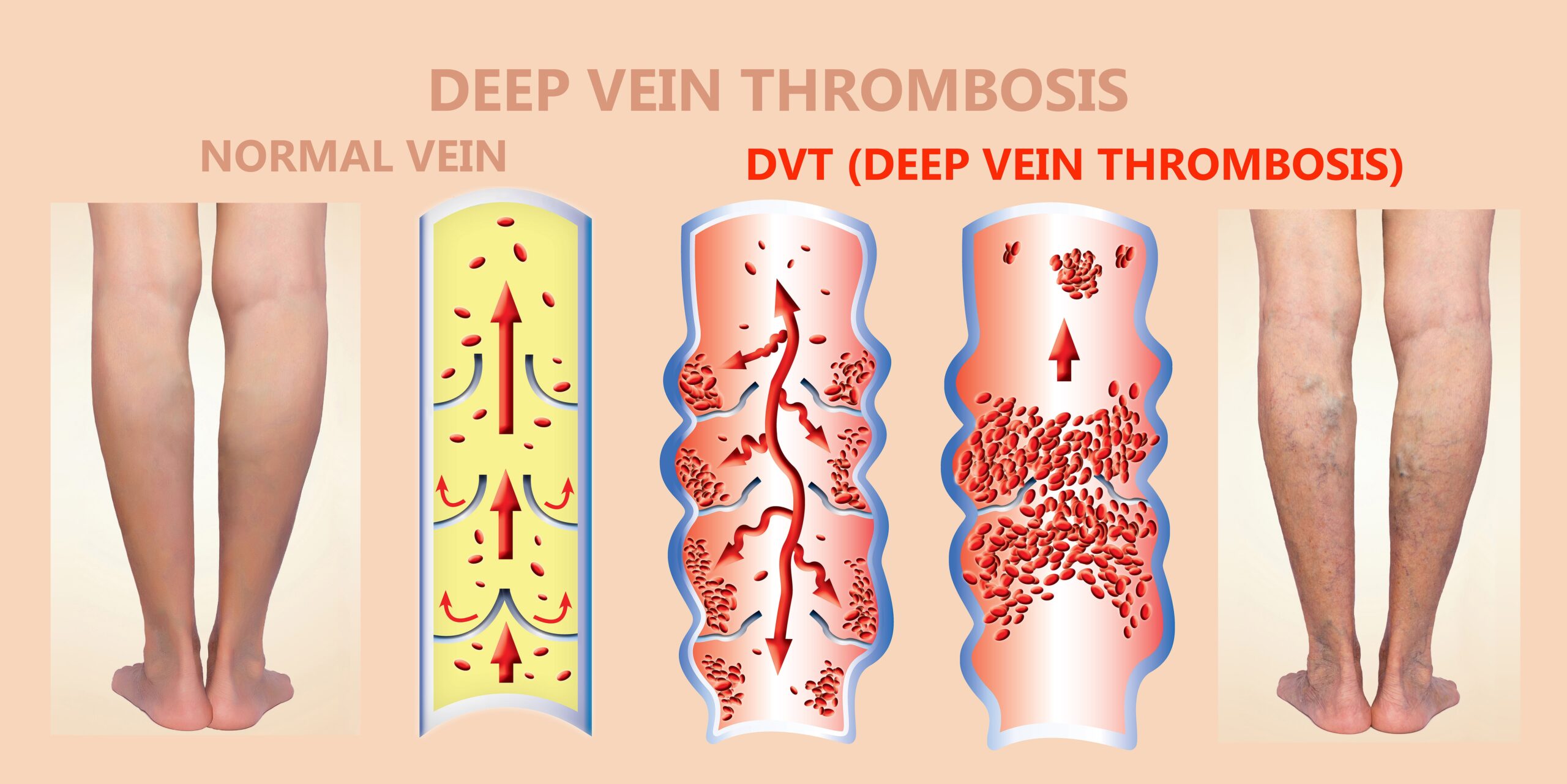

A deep vein thrombosis, or DVT, is a clot that can obstruct blood flow in a deep vein.
It’s also a “silent killer,” according to Samuel P. Martin, MD, founder and medical director at Vascular Vein Centers.
“It is the single largest cause of death in hospitalized patients with another admitting diagnosis,” Dr. Martin reports.
“That’s because a clot in the leg or pelvis, which typically occurs after an abdominal, pelvic or orthopedic operation, trauma or stroke, can break off, pass through the heart and block blood flow to the lungs. When that happens, it’s called a pulmonary embolus, or PE. A PE can cause shortness of breath and/or chest pain, and if it’s large enough, it can cause death.”
As many as 900,000 people, or one to two per 1,000, could be affected by a DVT each year in the US, according to the Centers for Disease Control and Prevention. Up to 100,000 Americans will die as a result of a DVT with a PE, two-thirds of them in a hospital or within a few weeks of hospitalization. Half of those who develop a DVT will have long-term consequences, such as swelling, pain, discoloration and skin changes around the ankle of the affected leg. One-third of those with a DVT will have a recurrence within 10 years.
“Clots in the legs occur for a variety of reasons,” Dr. Martin observes. “Some people inherit a tendency to clot, referred to as thrombophilia. Cancer, obesity, pregnancy, prolonged travel and a sedentary lifestyle also present significant risks for DVT.”
A clot can be completely asymptomatic (“silent”) or it can cause sudden leg swelling, pain, aching or fullness and pressure in the leg. There can also be warmth of the leg in the area of discomfort or skin discoloration of the lower leg. People experiencing any of these signs or symptoms should consult a physician immediately.
Risks and Remedies
The risk for a DVT is significant for patients with a history of orthopedic operations on the back, hips or knees, abdominal or pelvic procedures, and in trauma cases.
Prevention involves early mobilization, pneumatic compression of the legs while in the operating room and afterward, and use of blood-thinning medications, especially in those with a previous or family history of clots and in cancer patients.
“Long trips with little movement, especially with constricting garments or associated with dehydration, increases the risk for developing clots as well,” Dr. Martin warns.
“Compression stockings, hydration and frequent movement or flexing the foot can help a great deal. This is especially important in overweight or obese people and in pregnant women because of a higher risk for clots.
“The risk for deep vein clots in the legs can be reduced by maintaining a good body weight, staying active and exercising regularly, not smoking, knowing your potential risk factors and discussing them with your health care provider. Wearing compression stockings helps reduce swelling and can be incorporated into a healthy lifestyle.
“If people have signs or symptoms of a DVT, they should make an appointment with a physician, particularly a vascular specialist, and a Doppler ultrasound exam should be performed. The diagnosis of a DVT in the leg cannot be made on physical exam alone.”
Clots in the deep veins require medical therapy, Dr. Martin emphasizes. The provider may prescribe an anticoagulant, or blood thinner, such as Heparin or Coumadin or one of the newer anticoagulants, such as XARELTO®, ELIQUIS® or PRADAXA®. In addition, people should stay active, wear compression stockings and elevate their legs when possible.




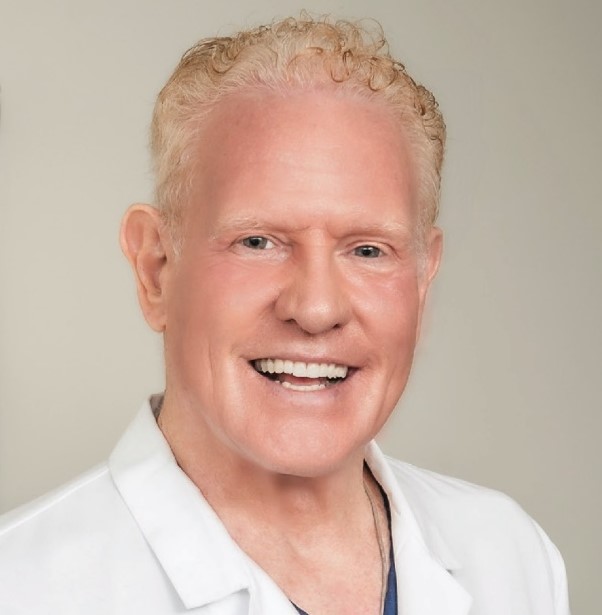
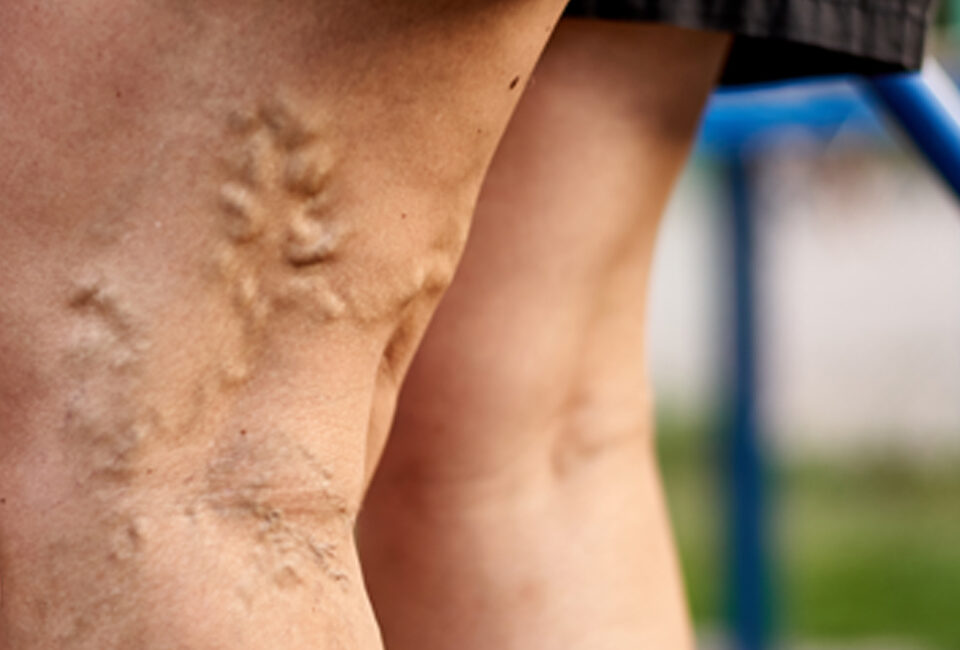
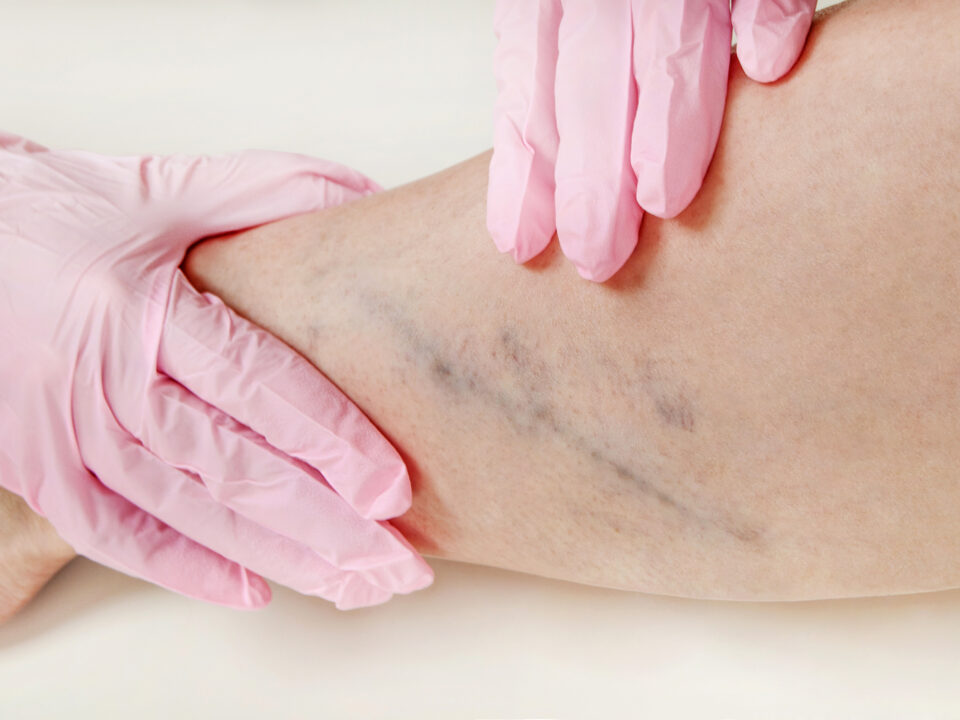
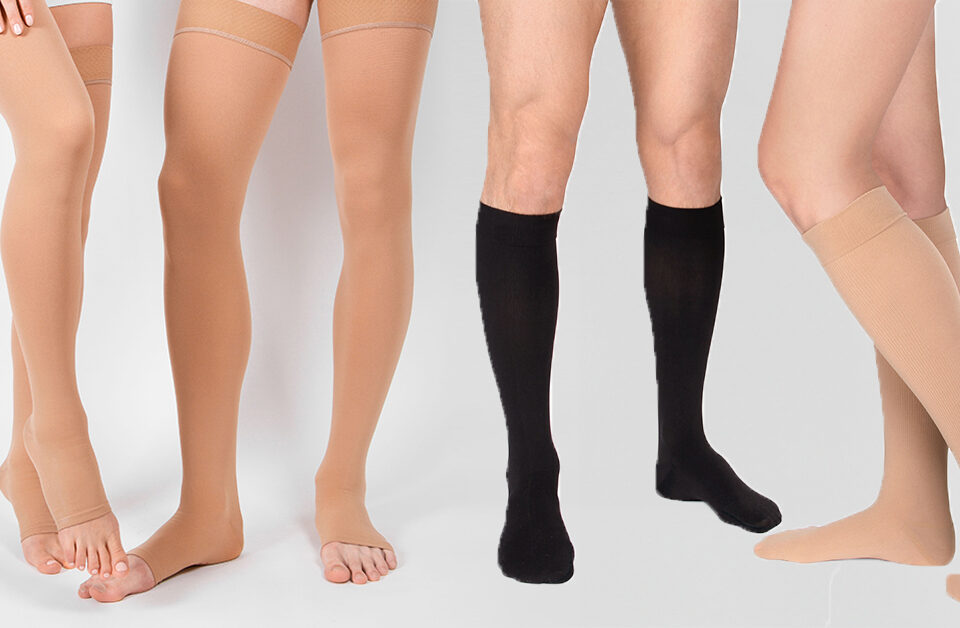
Leave a Reply